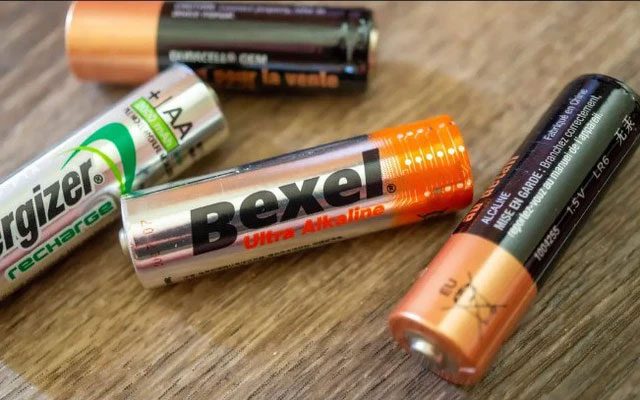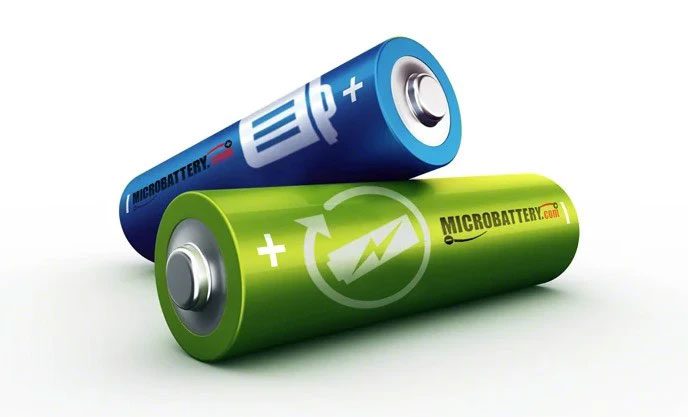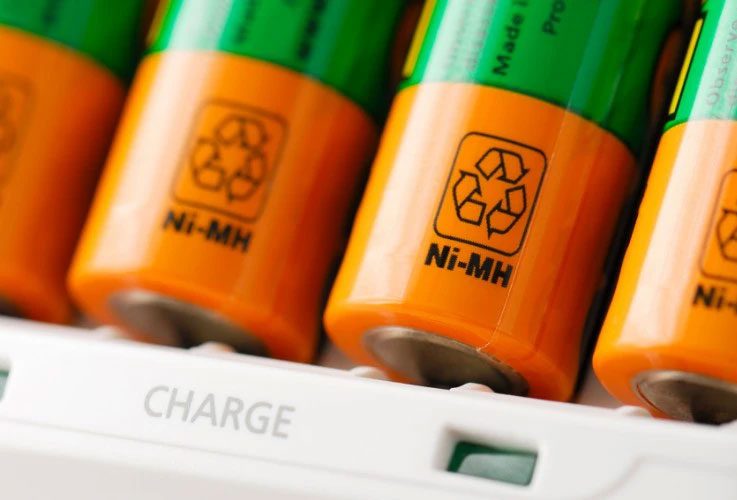Should You Use Disposable Batteries or Rechargeable Batteries? One option is cheap and easy but might be more expensive in the long run, while the other requires a higher initial investment but proves to be more efficient over time.
Disposable Batteries or Rechargeable Batteries: Which is Truly Cheaper?
At first glance, disposable batteries seem like the cheaper option. They are less expensive upfront, but their costs accumulate over time because they need to be replaced frequently. If you are powering a high-energy-consuming device like a digital camera or toys, you may find yourself replacing disposable batteries often.
Consider using a video game controller like the Xbox controller. These use AA batteries, and depending on how much you play, you might be replacing them weekly! If you are powering a clock, that might not be an issue, so energy consumption is a significant factor.

Disposable batteries seem like the cheaper option.
On the other hand, rechargeable batteries have a higher initial cost, but they will pay for themselves after a few cycles of use. A good quality rechargeable battery can be charged hundreds or even thousands of times, meaning the cost per use drops to just a few cents. Therefore, in the long run, rechargeable batteries are clearly the winner in terms of cost-effectiveness.
Are Rechargeable Batteries More Environmentally Friendly?
When considering their environmental impact, rechargeable batteries have a significant advantage. Disposable batteries contribute to a substantial amount of electronic waste each year, much of which ends up in landfills. This is a waste of resources and can lead to toxic substances like lead, cadmium, and mercury leaching into the environment.
According to the Environmental Protection Agency, Americans dispose of billions of batteries each year, most of which are alkaline. When these discarded batteries accumulate in landfills, they can contribute to soil and water pollution as their casings corrode and harmful materials leak out.

Disposable batteries contribute to a substantial amount of electronic waste each year.
However, it is worth noting that modern alkaline batteries do not contain mercury (since the mid-1990s), making them less toxic and more environmentally friendly compared to earlier battery types.
Conversely, rechargeable batteries can be used multiple times over several years before needing replacement, thus reducing waste. Additionally, many rechargeable batteries contain fewer toxic elements compared to their disposable counterparts. Many areas have recycling programs for used rechargeable batteries, which can further mitigate environmental impact.
Which Type of Battery Has a Better Lifespan?
The lifespan of batteries is a bit more complex as it depends on your specific use case. For low-energy-consuming devices like wall clocks or TV remotes, high-quality disposable batteries may last longer than rechargeable ones. However, rechargeable batteries typically have a higher lifespan per charge for high-drain devices.
Rechargeable batteries also have the advantage of being “refillable.” You can recharge them whenever it’s convenient rather than waiting for them to run out completely. This flexibility can lead to increased functionality over the battery’s lifespan.
You may notice that some types of rechargeable batteries have a lower voltage capacity compared to alkaline batteries of the same size. However, because you can recharge them multiple times and can use two sets to alternate between charging and using, the effective lifespan of a rechargeable battery is limited only by its wear and tear.

When it comes to convenience, disposable batteries have an edge over rechargeable ones.
Charging Time and Convenience
When it comes to convenience, disposable batteries have the advantage. You can pop them in and use them; they are also available at most stores.
Rechargeable batteries require an initial charge, which can take anywhere from a few hours to a full day, depending on the type of battery and the charger speed. They also require you to have a charger and remember to recharge them. However, as mentioned above, this inconvenience can be minimized by planning ahead and rotating batteries: some in use, some charging.
Additionally, technological advancements have led to the development of fast chargers, significantly reducing waiting times for battery charging. Some modern rechargeable batteries also have very low self-discharge rates, meaning they can hold a charge for a long time when not in use.
Although both disposable and rechargeable batteries have their pros and cons, rechargeable batteries often win in terms of cost-effectiveness, environmental impact, and battery lifespan for high-drain devices, provided you are willing to invest a bit more upfront.


















































